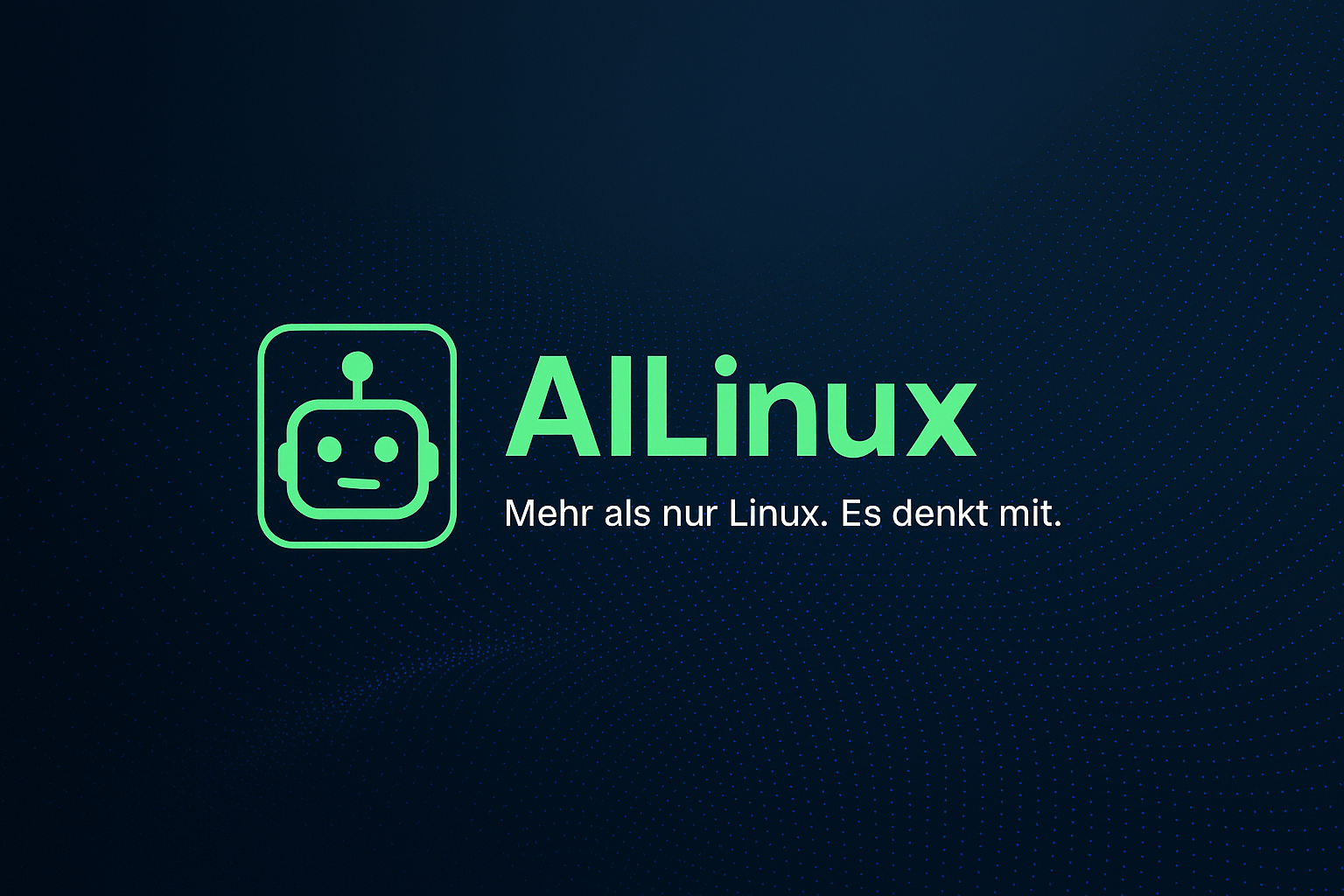Table of Contents
-
Why Linux Is Winning at the Edge
-
What Makes Linux the Go-To for IoT
-
Real-World Use Cases
-
Challenges to Watch Out For
-
Security: Keeping the Edge Safe
-
Wrapping Up
Why Linux Is Winning at the Edge
Let’s get straight to it: Linux is now the default OS for edge computing and IoT.
Over 80% of new embedded and edge devices run Linux, and it’s not just hype, it’s because Linux is flexible, stable, and endlessly customizable.
Whether you’re running a smart traffic light or a fleet of industrial sensors, Linux is the glue holding it all together.
What Makes Linux the Go-To for IoT
-
Flexibility & Customization: You can strip Linux down for tiny
sensors or build it up for powerful gateways.
Distributions like Debian and Ubuntu offer long-term
support and stability, while Alpine and Yocto are perfect
for resource- constrained devices -
Scalability: Linux adapts to everything from a single device to
thousands in a smart city -
Security: With tools like SELinux, AppArmor, and regular
updates, Linux helps keep your devices locked down—even when
they’re out in the wild -
Real-Time Capabilities: Many Linux variants now support real-
time processing, which is crucial for things like autonomous
vehicles and industrial automation -
Cost-Effectiveness: Open source means no licensing headaches, and
you get a massive ecosystem of ready-to-use software
-
Industrial IoT: Factories use Linux-powered edge devices for
predictive maintenance and real-time monitoring, cutting downtime
and boosting efficiency -
Smart Cities: Linux runs the traffic lights, environmental
sensors, and public safety systems that make cities smarter and
more responsive -
Healthcare: Medical devices process patient data instantly at the
edge, enabling faster decisions and better privacy -
Retail & Agriculture: From inventory tracking to smart farming,
Linux is powering real-time analytics and automation everywhere -
Autonomous Vehicles: Self-driving cars rely on Linux for rapid,
local sensor processing and navigation
-
Resource Constraints: Not every device has much RAM or CPU.
Lightweight distros like Alpine are a lifesaver here -
Device Diversity: Edge environments are a wild mix of hardware—
Linux’s adaptability helps, but integration can get tricky -
Security Risks: Edge devices are often deployed in less secure
locations, so regular patching and secure boot processes are vital -
Integration Complexity: Connecting all these devices and keeping
them talking is a real challenge, especially as deployments scale
up
Security: Keeping the Edge Safe
-
Regular Updates: Use long-term support distros and automate updates
to stay ahead of threats -
Access Controls: Tools like SELinux and AppArmor put strict
limits on what apps can do -
Firewalls & Monitoring: iptables, nftables, and intrusion
detection systems like fail2ban help keep bad actors out -
Remote Management: Secure remote access and automated
troubleshooting are essential for large fleets of devices
The Future: AI, Containers, and Beyond
-
Edge AI: Linux is integrating with AI/ML frameworks, bringing
smarter, faster decision-making to the edge -
Containers & Orchestration: Docker and Kubernetes are
moving to the edge, letting you run and update multiple services on
a single device with ease -
Zero-Touch Automation: Remote deployment and updates are making it
possible to manage thousands of devices without breaking a sweat
Linux is the backbone of the edge and IoT revolution.
Its flexibility, security, and open-source nature make it the obvious choice for innovators everywhere.
Whether you’re running a smart factory, a connected city, or the next wave of wearable tech, Linux is powering the edge, now and for the future.
The edge is open, fast, and smarter than ever—and Linux is leading the way.
